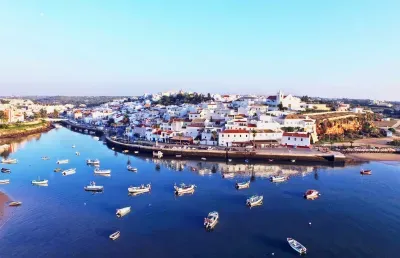Fort of Santa Catarina
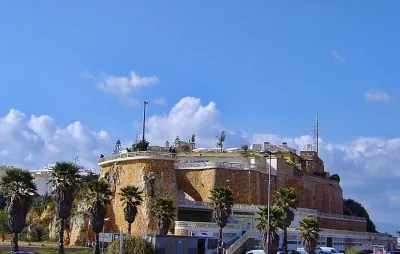
The fort of Santa Catarina was built in 17th century on the site of a 15th century defensive structure and chapel dedicated to Saint Catherine of Alexandria. It was one of the various forts built around this time to protect the area from raids by pirates and privateers.
Portimão Museum
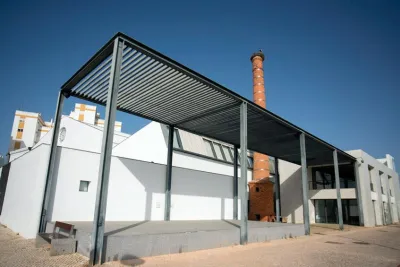
Portimao’s award-winning museum opened in 2008 and is a good place to come to learn more of what life would have been like for those who lived in the locality throughout the ages. The site was once a fish canning factory, and the main focus is on the industrial processes once carried out here. The 1000 square metre main exhibition is divided into three distinct areas:
Nossa Senhora da Conceição - Portimão

The Roman Catholic church of Nossa Senhora da Conceição (Our Lady of Conception) is Portimão's main parish church and still plays an active role in the heart of the local community.
Slide & Splash
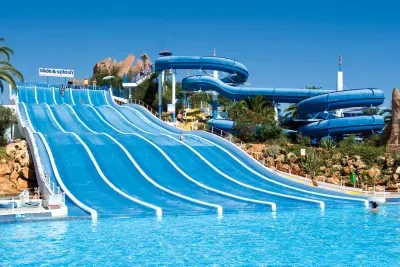
Slide & Splash is one of the Algarve's biggest and best water parks featuring a selection of water flumes, chutes, pools and aquatic fun that should appeal to all ages. Established in 1986 the park has grown to fill its sizeable site with fun-packed activities and new rides.
Igreja do Divino Salvador de Alvor
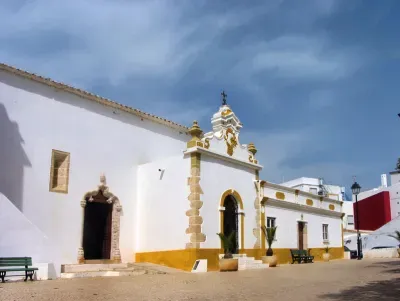
Igreja do Divino Salvador, Matriz de Alvor (Church of the Divine Saviour) dates back to the 16th century, as does its best feature, the Manueline style doorway.
This whitewashed Algarvian church was largely rebuilt in the 18th century in the Rococo style. The interior is fairly impressive consisting of three naves and fine vaulting, some of which dates back to the original church. A lavish high altar and holy water font also date back to the 16th century.
